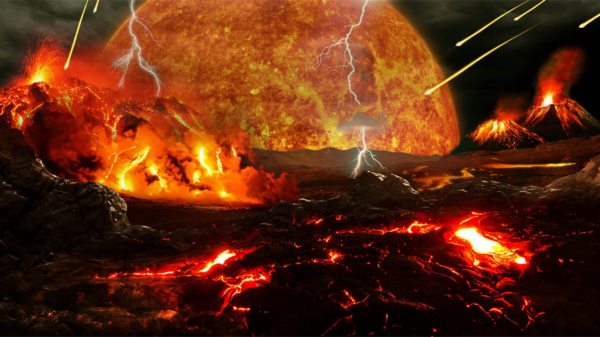Scientists at the foundation for Applied Molecular Evolution have shown that RNA, which is believed to have been the first genetic material on Earth, can spontaneously form on basalt lava glass. Notifies about the opening Phys.org with reference to representatives of the foundation.

In their study, the researchers experimentally demonstrate that RNA molecules with a length of 100 to 300 nucleotides are formed when nucleoside triphosphates seep through basalt glass. This material, as scientists note, was widely distributed on the early Earth during the katarchaeus (about 4.5 billion years ago).
“At that time, basalt glass was everywhere on Earth. For several hundred million years after the Moon’s formation, frequent impacts combined with abundant volcanism on the young planet formed molten basalt lava, a source of basalt glass. The impacts also evaporated water to form land, providing aquifers where RNA could form,” says Steven Moijsis, one of the study’s authors.
Scientists note that the nucleoside triphosphates needed for this process were also available on the early Earth. In previous studies, they have shown that nucleosides are formed as a result of a simple reaction Between Ribose phosphate and RNA bases. And under the action of nickel coming from meteorites, nucleosides and activated phosphate contained in lava glass form nucleoside triphosphates.
The researchers note that the new work provides insight into the full cycle of Molecular Evolution. It shows a simple path from individual carbon molecules to complex RNAs. According to the authors, most of the previously existing models described complex chemistry, the difficulty of implementing which made it difficult for life to spontaneously arise.
“The beauty of this model is its simplicity. It can be tested by high school students in chemistry classes. Mix the ingredients, wait a few days and find the RNA,” says Jan Spacek, a researcher at the foundation for Applied Molecular Evolution who was not involved in this work.
